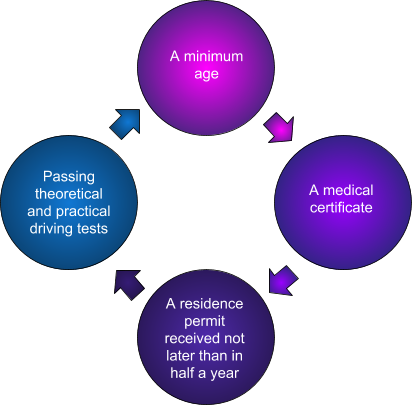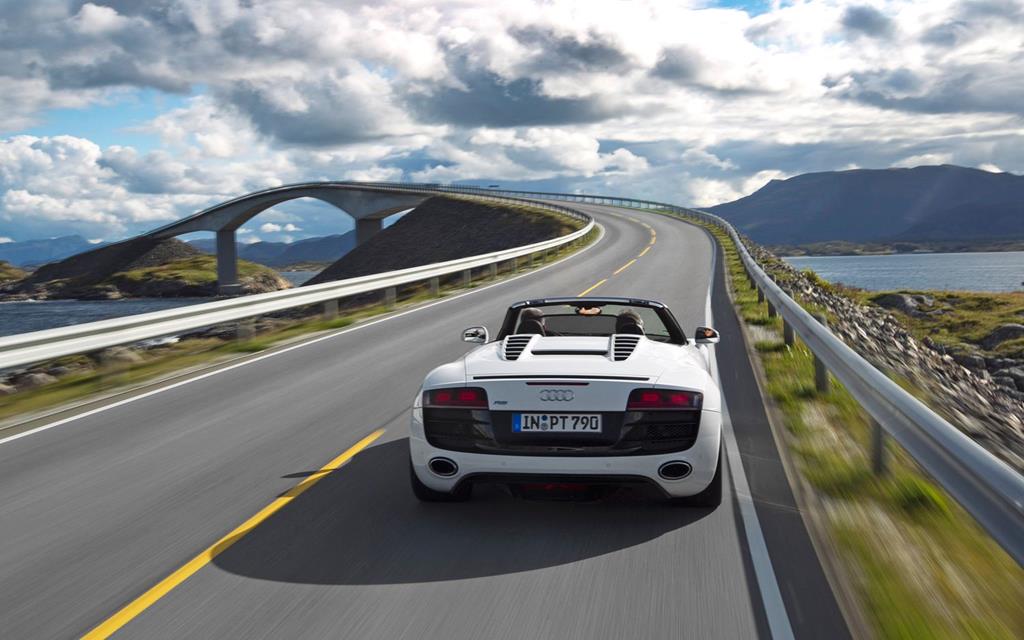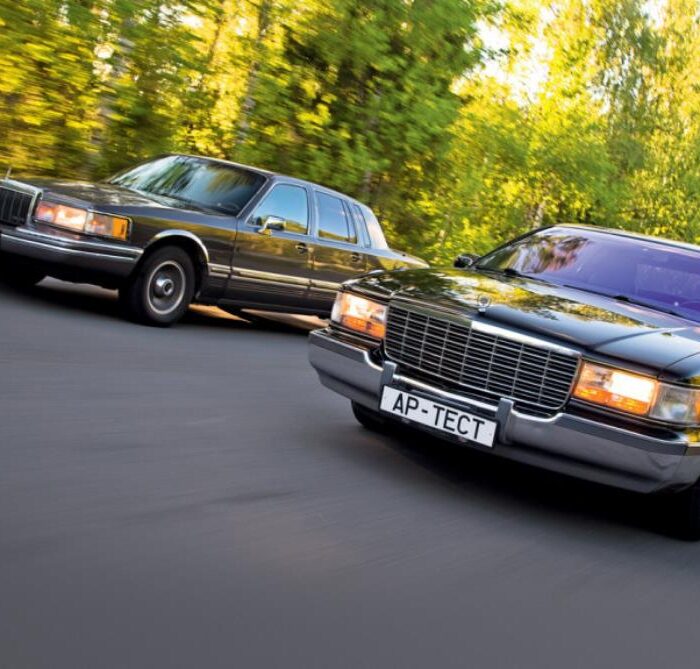If your driver’s license was issued outside the European Union or the USA, you could use it on Norwegian roads for a maximum of three months. After this period, you are required to apply for a Norwegian driver’s license, passing both theoretical and practical tests. This guide will walk you through the comprehensive process of obtaining a Norwegian driving license.
Why Do You Need a Driver’s License in Norway?
Owning a driving license in Norway offers convenience and flexibility, particularly in small towns where public transportation might be limited and expensive. However, the process of obtaining a Norwegian driving license can be lengthy, challenging, and costly, often exceeding €3,000.
Previously, Norwegian driving licenses were valid until the age of 100, but currently, they’re limited to 75 years. Unlike in other countries, such as Russia, there’s no need to renew your license every ten years.
Requirements for Obtaining a Driver’s License in Norway
- Foreigners must reside in Norway with a valid residence permit for at least six months before applying.
- Teenagers can start training at 16 but can legally drive only after turning 18.
- Individuals under the age of 25 without previous international driving experience must complete a mandatory introductory course.

1. A minimum age
2. Passing theoretical and practical driving tests
3. A medical certificate
4. A residence permit received not later than in half a year
Step 1: Theoretical Exam
To pass the theory test:
- Study independently using a Norwegian driver’s manual available at libraries or online resources.
- Exams can be taken in either Norwegian or English.
- The theoretical exam comprises 45 multiple-choice questions.
- A maximum of 7 mistakes is allowed (85% correct answers required).
- The exam lasts 90 minutes and typically costs around €300. The first attempt is often free, while each retake incurs the standard fee.
Once passed, the theory test results are valid for three years. If you fail the practical exam within this period, you must retake the theory test.

Step 2: Practical Driving Lessons
Practical training consists of several stages, each of which is mandatory and paid separately. Your progression depends on successfully completing each previous stage. Instructors closely monitor progress and have undergone extensive training.
- Training typically occurs in cars with manual transmissions. Automatic transmissions are allowed, but this restriction will be noted on your license.

1. First aid course
2. Night driving
3. Safe driving course
4. Final training unit
Stage 1: First Aid Course (€85)
- Duration: Approximately 3.5 hours
- You will learn how to respond effectively in emergency situations, including accident procedures, using safety equipment, calling emergency services, and basic first aid practices.
Stage 2: Night Driving Course
- Only available from autumn to spring due to Norway’s polar day in summer.
- Practical scenarios include driving with low visibility and handling unexpected obstacles.
Stage 3: Safe Driving on Slippery Roads (€660)
- Training is conducted on specially equipped grounds simulating icy and slippery conditions.
- You will practice handling skids, managing vehicle control, and navigating slippery surfaces.
Stage 4: Safe and Eco-Friendly Driving
- Approximately 13 hours of combined theoretical and practical instruction.
- Two long-distance trips (4-6 hours each) are included.
- Practice urban driving, overtaking, and highway driving.
- Emphasis is placed on eco-friendly driving techniques, such as correct speed maintenance, proper gear shifting, and efficient braking and acceleration.
- Each practical hour typically costs €73.
Final Practical Examination
- A specialist from the Norwegian State Road Administration (not a police officer) will conduct the final exam.
- The exam includes vehicle structure questions and a practical driving test around the city, lasting approximately one hour.
- Costs: Exam fee (€115), driving school car rental (€230), and license issuance fee (€30).
- Your Norwegian driving license will be mailed within a day after successfully passing the practical exam.

Obtaining an International Driving Permit (IDP) in Norway
When Norwegian license is already obtained, you can think about international one that will allow you to travel outside the EU countries (although Norway is not part of the EU). Registration of such rights is made by our site. We invite you to issue an International Driving License in Norway without formalities, easily and quickly!

Published September 14, 2018 • 4m to read





